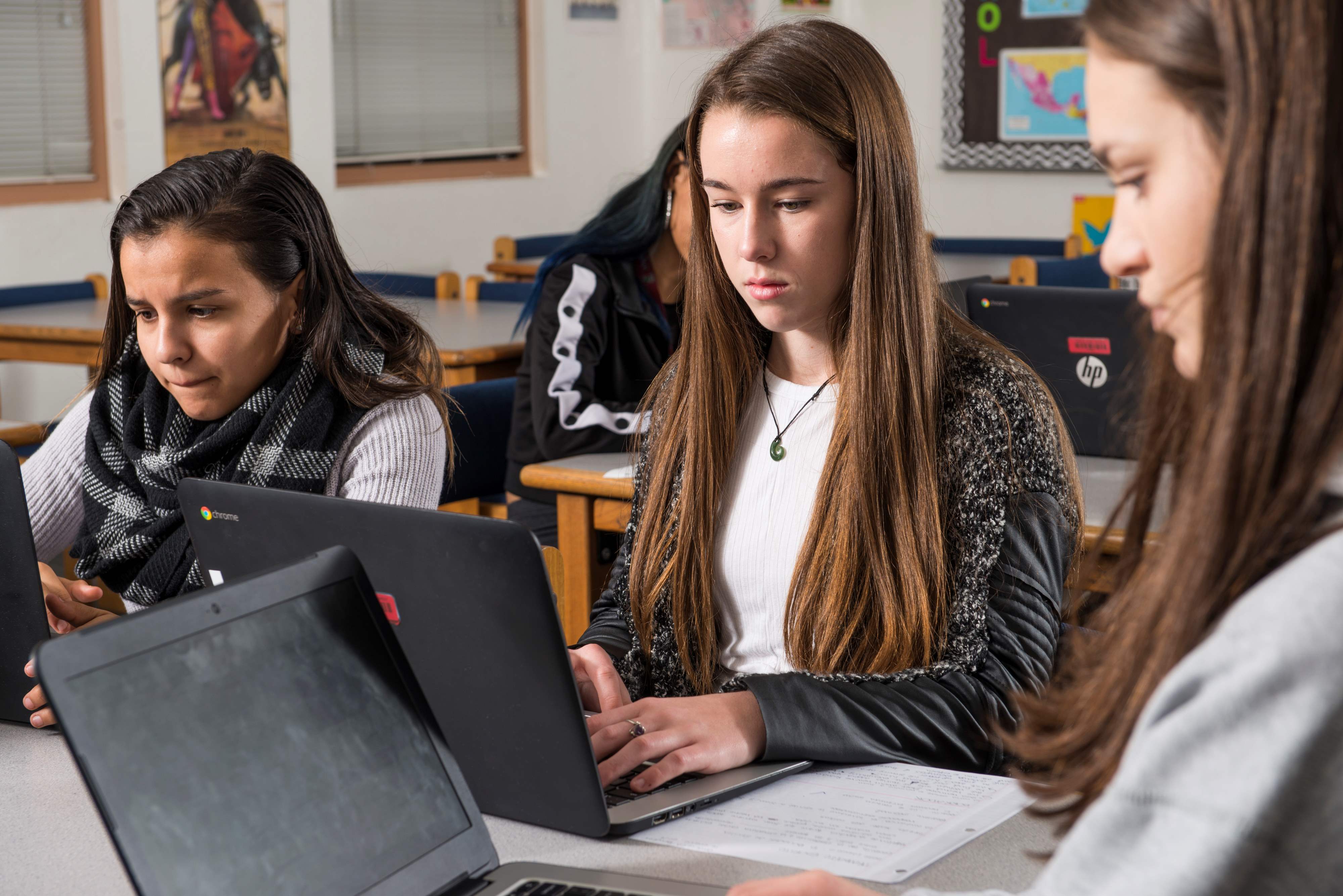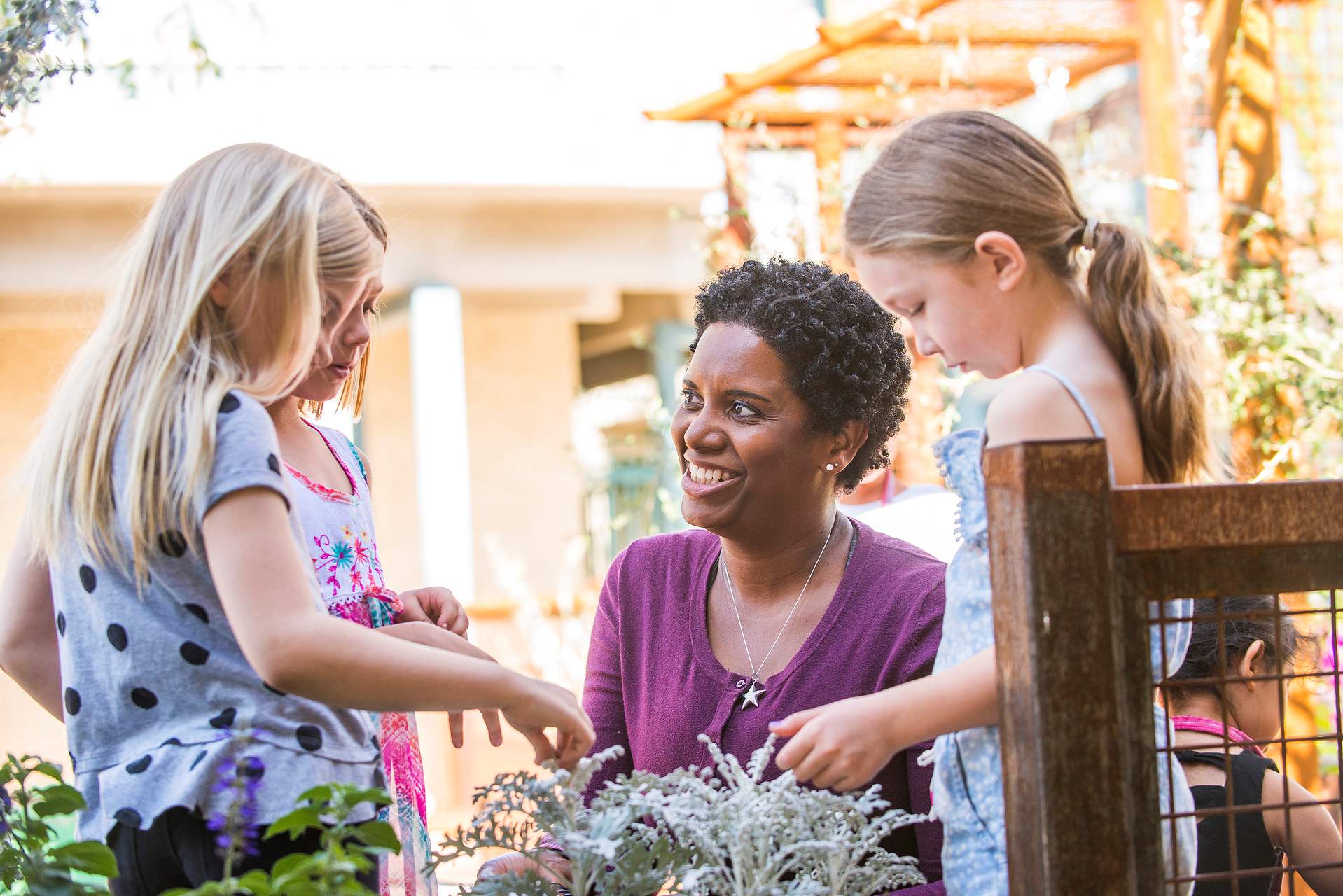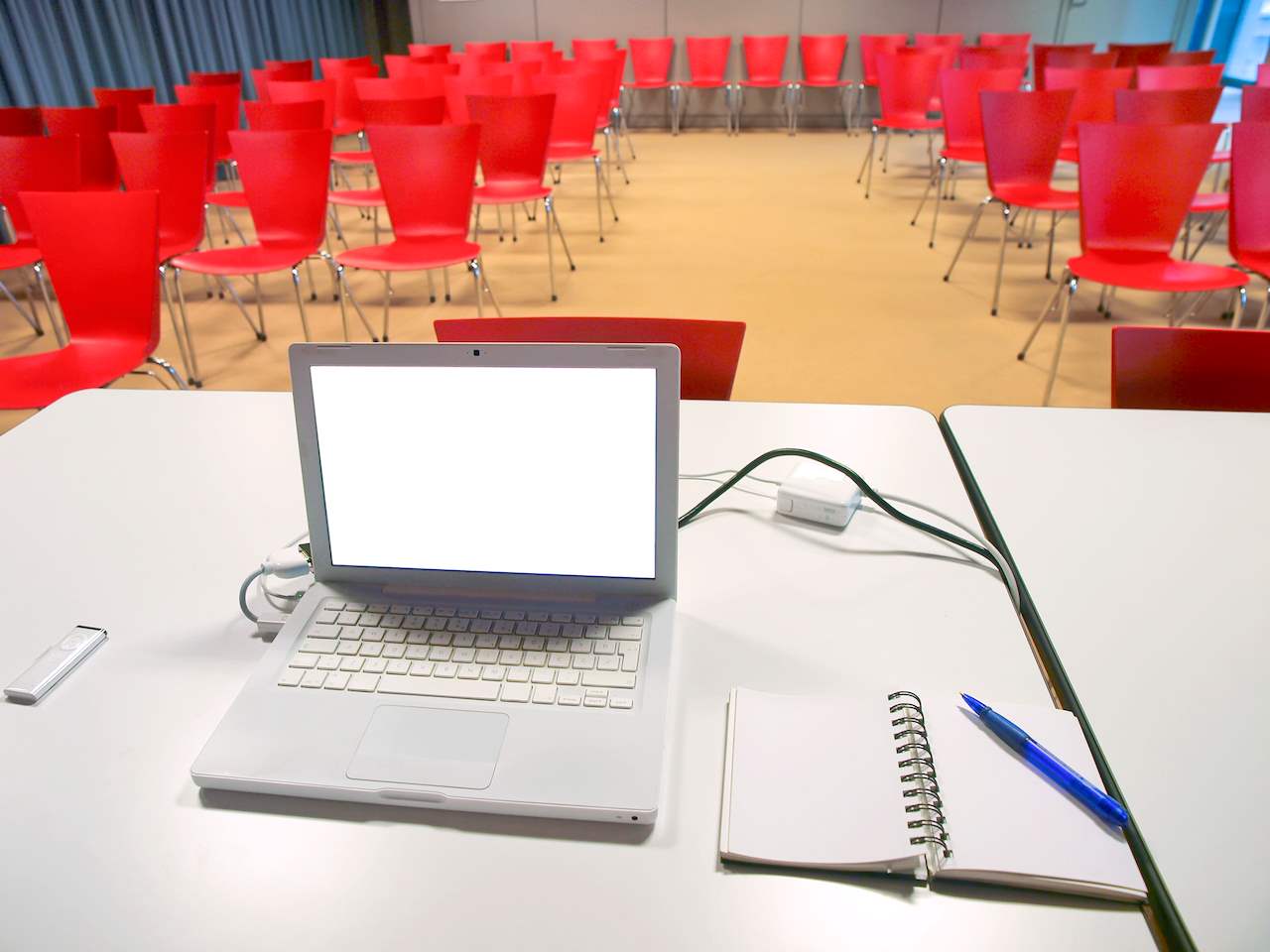InClass
Access to information is only one small step on the road to empowerment through knowledge. Teach students how to mine information to gain knowledge.
Dec 30, 2019The ubiquity of the internet is a great equalizer in terms of access to information. Regardless of race, gender, ability, or socioeconomic status, students with access to the internet have access to an ever-growing wealth of information. However, that’s only one tiny piece of the knowledge puzzle. It’s critical to teach students how to mine information to gain knowledge that can provide them with opportunities, access, and an improved quality of life.
--
Information Versus Knowledge
Information and knowledge aren’t the same, but they are interrelated.
Information can be described as all of the “stuff” you encounter on a daily basis. In other words, just about anything can be information — sights, sounds, smells, body language, text, etc. In an academic setting, information is most often relayed through text and verbal communication, though the importance of non-verbal communication/information continues to grow. Information remains the same, regardless of who the audience is. In other words, “The Great Gatsby” contains the same information regardless of who is reading it.
Knowledge is personal, unique, and powerful — no two individuals on the planet share the exact same knowledge. Knowledge is formed when people process information through their own personal lens, decide what it means to and for them, and then apply that knowledge to their lives. An individual’s knowledge is ever-changing, as each new piece of information is processed based on prior knowledge.
Teaching Students to Create Knowledge
The creation of knowledge from information is somewhat an innate skill. It is the brain’s response to information. Not all information is accurate or useful, however. Teaching your students these simple guidelines for processing the deluge of information in their lives will help them create knowledge that is truly powerful.
- Question: There is arguably as much false and misleading information available to students as there is true information. And even information that is true is often biased. Teach students to question the validity, source, and motives behind the information they encounter.
- Connect: Information becomes knowledge when it’s connected to our own lives. Guide students to connections, regardless of how far removed they may feel from the topic.
- Apply: Require your students to apply information to a problem or task. This will prepare them for doing the same with information and problems in their everyday lives. When students master the cycle of turning information into applicable knowledge, they truly become empowered.






